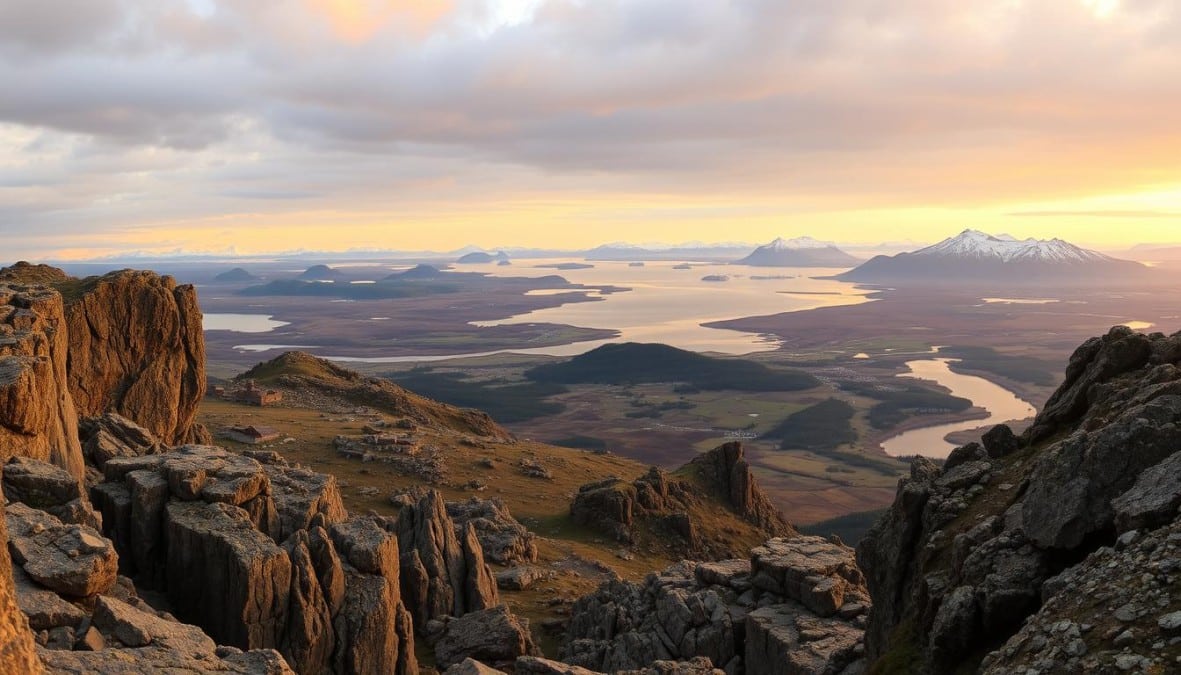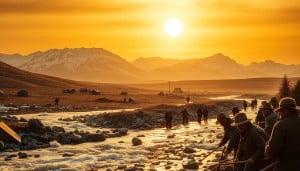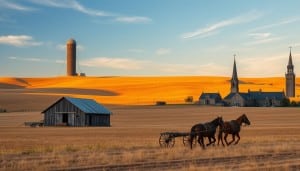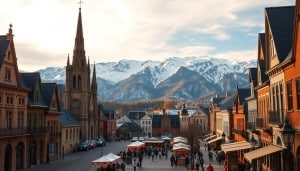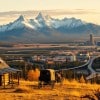The history of Newfoundland and Labrador goes back over a thousand years. It is a story of discovery and the blending of cultures. Long before its cliffs and welcoming people became famous, it was where the old world first met the new one. Amazingly, it was here that Indigenous people and European explorers shared their worlds. Norse explorers also met the native people in this place. These meetings made Newfoundland and Labrador’s history essential to understanding Canada’s heritage.
The ancient peoples of this land, including the Maritime Archaic, Dorset, Beothuk, Innu, and Inuit, have left a lasting mark. Before the Vikings arrived, these groups had rich stories that still touch us today. Their legacies are preserved at places like L’Anse aux Meadows. By the 1500s, European fishermen saw Newfoundland’s potential, especially for its abundant cod.
In 1949, Newfoundland changed forever by joining Canada. Before this, it was its own place and part of the British Empire. Joining Canada was a big decision. It brought new chances for its people and protected their unique history, which attracts many people today.
Let’s explore the important events and strong spirit of Newfoundland and Labrador’s history. This isn’t just the history of the people here. It invites everyone to learn about its lasting importance.
An Overview of Newfoundland and Labrador’s Rich History
Join us as we journey through Newfoundland and Labrador’s history. From ancient Indigenous roots to European exploration, this place has a unique story. Indigenous heritage and European settlement blend together, shaping Newfoundland’s culture.
Early Indigenous Inhabitants
Long before Europeans, diverse Indigenous cultures thrived here. They adapted to the tough environment. Groups like the Maritime Archaic people and the Beothuks left a lasting legacy in Newfoundland and Labrador.
European Exploration and Settlement
European adventurers were drawn to the coasts by the cod-rich waters. This led to vibrant fisheries and permanent settlements. The English, French, Spanish, and Portuguese influenced Newfoundland’s society greatly.
Formation of a Unique Culture
Indigenous traditions and European influences created a rich culture. It’s seen in music, art, and stories. Every dance and song reflects the spirit of the people here—a spirit of resilience and connection to the land.
The Influence of the Norse
The story of Viking adventures is a key piece of Viking history in Newfoundland . It takes us on a journey following the bold steps of Norse explorers. These adventurers reached the shores of what is now L’Anse aux Meadows in the 10th century. This location proves they were there and highlights their impact on Indigenous peoples.
Recent finds show the Norse were in Newfoundland, showing off their sailing and exploring talents. The Norse settlers were tough and lasting. They left behind not just things, but mixed their culture with Indigenous peoples. This blending of cultures has lasted through time.
- The architectural remnants at L’Anse aux Meadows, which include Norse-style turf buildings.
- Artifacts that suggest the smelting of bog iron, indicating technological exchanges between the Norse and the Indigenous peoples.
- Stories and myths amongst local Indigenous groups that speak to interactions with the ‘skrælings,’ a term the Norse used to refer to native peoples.
The Norse and Indigenous peoples shared more than items. They traded knowledge and skills that changed the cultural scene. This time, though short, is a crucial piece of the story about Norse impact on Indigenous peoples in Newfoundland.
We honor our deep history and keep learning how these old ties between different cultures inform us today. We’re proud to keep and celebrate this important part of our past. We ensure the tales of places like L’Anse aux Meadows are remembered. They show us how our histories are linked and point to a shared future.
The Age of European Exploration
In the late 15th century, Newfoundland and Labrador caught the eye of Europe. This is when John Cabot made his historic visit in 1497. His journey put Newfoundland on the global map and began lasting European connections.

John Cabot’s arrival led to big changes in culture and economy. Fishermen from Europe were drawn by Newfoundland’s fish-filled waters. This marked the start of a fishing tradition that shaped Newfoundland’s economy.
New fishing ways led to contacts between Europeans and Indigenous groups. Though rich in fish, these waters also saw disputes. These were based on fishing rights and differences in viewing land use.
It’s key to honor the bravery of early explorers and Indigenous people. Their complex relationships paved the way for cultural mix and future growth in Newfoundland and Labrador.
The Establishment of Colonies
Newfoundland’s colonial history is deeply shaped by its rich cod fisheries and European competitions. The early British and French made significant impacts here. They did more than just start settlements. They kicked off community growth and economic activities around Newfoundland’s coasts.
- Early British and French Settlements
- The Role of the Cod Fishery
- Growth of Communities
The beautiful shores of Newfoundland attracted British and French explorers in the 16th century. Sir Humphrey Gilbert officially claimed it in 1583 through the settlement of St. John’s. These initial settlements were crucial. They helped colonies survive and grow in tough new lands.
The cod fishery was crucial for Newfoundland’s early economy. The waters around Newfoundland were full of fish, drawing Europeans. This made Newfoundland important for fishing across the Atlantic. It became a key part of Newfoundland’s colonial story.
Settlers came for the fishing prospects, driving community growth. What started as small camps grew into bustling towns. These developments show how industries and communities support each other, adapting to new challenges and chances.
The bravery and creativity of Newfoundland’s settlers turned these early European settlements into strong, lively communities. Every group of newcomers added to the rich cultural tapestry of Newfoundland and Labrador.
The Colonial Era
The colonial era was a key time for Newfoundland and Labrador, bringing many changes. This time focused on new ways to govern, economic growth, and changes in society. Along the way, the area dealt with challenges that helped shape what it is today.
Governance in Newfoundland moved from being semi-independent to having formal government oversight. This shift was essential for setting up a government system. It prepared Newfoundland for future growth and joining the bigger Canadian confederation.
The arrival of many people from Ireland and Britain sped up social development in Newfoundland . It changed the mix of people and cultures. Catholics and Protestants coming together created a rich and complex heritage. This adds to the region’s cultural diversity today.
The economy also saw big changes, taking advantage of the island’s location and resources. Engaging in mining, the seal trade, and starting banks helped move beyond just fishing. These steps were key for the social and economic developments in Newfoundland and Labrador.
| Year | Development | Impact |
|---|---|---|
| 1800s | Introduction of local governance | Structured political framework |
| Early 1900s | Boom in mining and seal trade | Economic diversification |
| Mid 1900s | Rise in local banking | Financial autonomy and growth |
- Challenges: The colony also faced big problems, like fishing rights disputes with France and managing the ‘French Shore’.
- Conflicts: These issues often caused diplomatic tensions and shaped provincial strategies for dealing with international and maritime policies.
This important period shows Newfoundland and Labrador’s strength and sets the stage for joining Confederation. It spotlights the complex mix of governance and social fabric . These are key to knowing the province’s past and future.
The Road to Confederation
Newfoundland and Labrador’s journey to becoming a part of Canada is filled with changing feelings and big discussions. It shows Newfoundland’s importance in Canadian history. At first, many didn’t like the idea. They were proud of their own national identity and worried joining Canada might change that.
Initial Resistance to Joining Canada
People had their reasons to resist. They valued being an independent dominion. They loved their unique culture and economy. They were especially worried about losing control of their fisheries, a key part of their economy.
The Benefits of Confederation
But over time, people started seeing the benefits of joining Canada. After World War II, they wanted better social services, economic help, and more security. This change helped more people support the idea of coming together with Canada.
Key Events Leading Up to 1949
Many debates led to vital referendums after WWII. These events brought Newfoundland into the Canadian Confederation on March 31, 1949. It was a historic day, marking a new chapter for both Newfoundland and Canada.
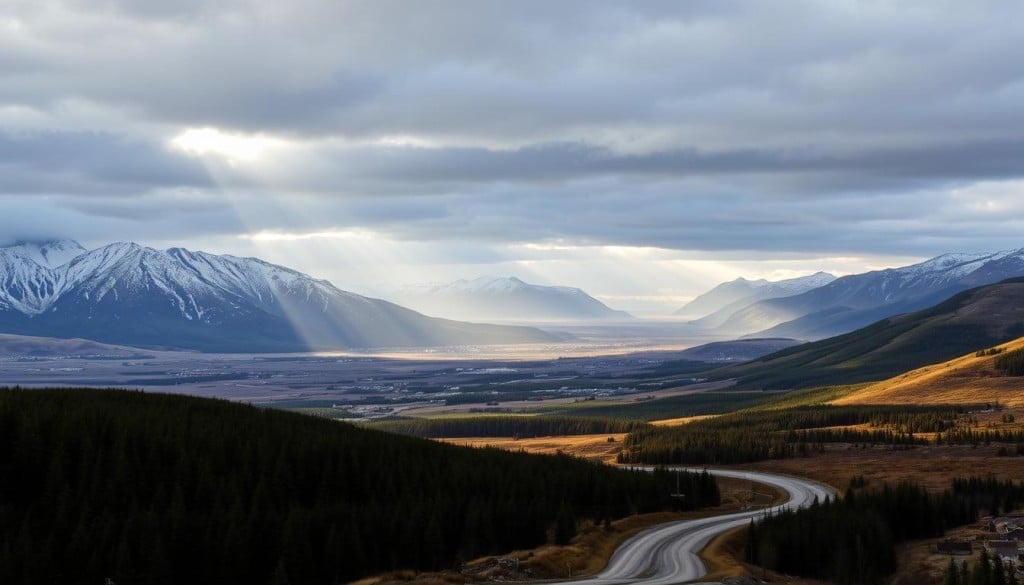
This table highlights key moments in Newfoundland’s path to becoming Canada’s tenth province:
| Year | Event | Significance |
|---|---|---|
| 1869 | First Referendum | Initial rejection of Confederation |
| 1946 | Establishment of National Convention | Debates on future political status begin |
| 1948 | Second Referendum | Near tie leads to a third referendum |
| 1949 | Confederation with Canada | Newfoundland becomes a province of Canada |
Looking back at these events, we see how Newfoundland’s story is about more than joining Canada. It’s a story of how people’s choices and identities shaped our common history.
Modern Newfoundland and Labrador
Nowadays, Newfoundland and Labrador are at the forefront of progress and keeping their history alive. They expertly mix their rich history with new advancements. This impressive change sheds light on Newfoundland’s journey in economic growth, cultural renewal, and changing population trends. These factors help us value and understand this lively province better.
Newfoundland’s economic development history has moved from traditional sectors like fishing to new ones, including technology and energy. This change is crucial. It brings stability and growth in a rapidly evolving world.
Economic Changes and Diversification
Now, the province’s economy is backed by oil exploration, tech, and clean energy. These fields help keep Newfoundland and Labrador’s economy strong for the future. They also make Newfoundland a leader in new industry developments.
Cultural Revitalization Efforts
Cultural revival in Newfoundland has reinforced its unique heritage, especially by bringing back indigenous languages and customs. This effort is vital for keeping the culture alive, uniting communities, and teaching young people about their deep-rooted history.
Population Trends and Demographics
Newfoundland’s population trends show a community adjusting to new challenges and chances. People are moving to cities for better opportunities, while rural areas aim to attract new people. They do this through unique local policies that highlight tradition and community.
- Strategic economic development fostering job creation and technological advancement.
- Programs aimed at the linguistic and cultural education in schools and communities supporting cultural revitalization in Newfoundland.
- Policy adjustments and incentives to address demographic trends in Newfoundland by enhancing rural area appeal and inter-provincial migration.
Looking ahead, it’s key to keep supporting these development areas. Promoting economic variety, boosting cultural participation, and keeping up with population changes are crucial. They will ensure Newfoundland and Labrador’s prosperity in the future.
Celebrating Heritage and Tradition
In Newfoundland and Labrador, celebrating our rich heritage is crucial. It’s more than tradition; it’s a vibrant practice. It keeps our communities lively. We honor our past with heritage festivals in Newfoundland , engaging music and arts, and by preserving historical sites. These aren’t just activities; they’re key parts of Newfoundland’s culture. They give both locals and visitors a deep connection to our history.
Festivals and historical events let us explore Newfoundland’s cultural heritage. They are fun and educational. They teach us about our region’s historical and cultural importance.
- Music and arts in Newfoundland and Labrador do more than entertain. They remind us of our shared memory and identity. They help educate future generations, giving insight into our history.
- Preserving historical sites is vital for remembering our heritage. It ensures we remember the early settlers and indigenous cultures. This work is key to understanding our history’s diverse progress and challenges.
We’re dedicated to preserving and celebrating Newfoundland’s cultural heritage. This shows our commitment not only to our history but also to our community’s ongoing story. Supporting heritage festivals and preserving historical sites keeps our history alive. It helps our community and attracts visitors, benefiting future generations.
Tourism in Newfoundland and Labrador
Come see the amazing beauty our province has to offer. Here, tourism is more than just visiting; it’s a celebration of our stunning landscape and lively culture. You’ll find every view tells its own tale. Our welcoming towns make you feel like family, not just a tourist.
Attractions and Natural Wonders
Start an adventure in Newfoundland’s great outdoors, where the scenery is as varied as it is breathtaking. You’ll love the colorful Jellybean Row and the dramatic scenes of Gros Morne National Park. There’s something beautiful to see everywhere you look. Picture huge icebergs drifting by our shores, the Northern Lights’ magical glow, or the Viking history at L’Anse aux Meadows. Our province’s natural beauty will captivate and inspire you.
Ecotourism Opportunities
We’re committed to protecting our environment and offer eco-friendly tours. These let you get close to nature without harming it. Experience whale watching and feel awe at the majesty of these sea creatures. Or hike the East Coast Trail and feel every step refresh your soul. We are dedicated to keeping these wonders pristine for future generations. This commitment defines true sustainable travel.

